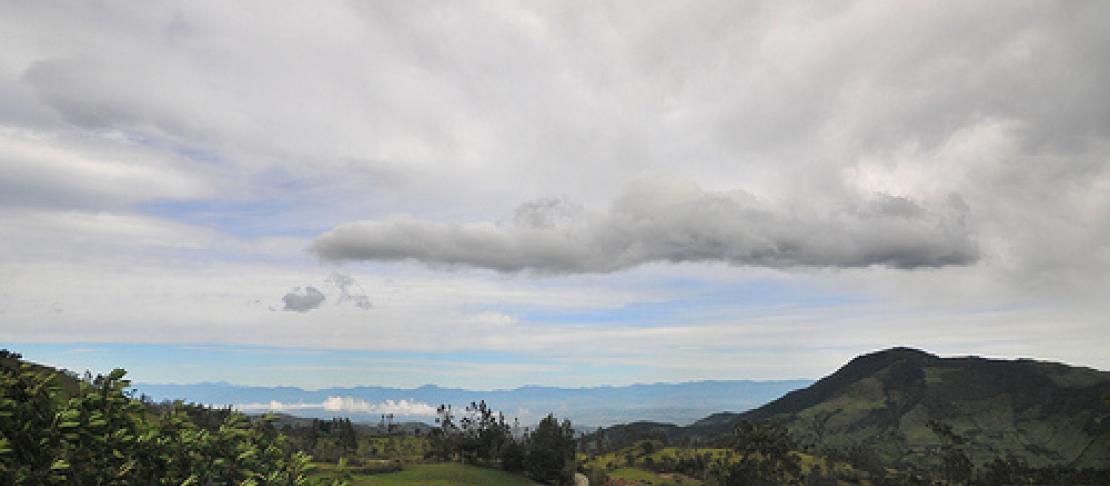Future climate grids available for download

One of the challenges for governments in planning for climate change, particularly in agriculture and food security, is the lack of information on what changes are expected for a particular area, and when these changes may occur. This is partly because climate data, tools and models often cover large areas (such as entire countries or regions), and time scales that don’t fit into the short-term outlooks of most policymakers. Scaling data, tools and models down to suit decision-makers' needs is an important first step for the CCAFS program, and will help make the existing wealth of climate information more accessible to a range of users.
CCAFS scientists have been working with partners to develop a set of downscaled climate grids that are now available for downloading from CIAT’s climate data portal. The grids contain monthly values of average precipitation and average daily maximum and minimum temperatures, and can be used for a wide variety of analyses that require monthly climate data, including crop modelling and adaptation studies; agricultural impacts analysis; human disease burden studies; amphibian population modelling studies; flood management; terrestrial and marine biodiversity studies; forestry modelling, and academic teaching.
There are some disclaimers for using the data, as there is a lot of variability between different climate models, between different greenhouse gas emission scenarios, and between different downscaling methods.
Methodology
To develop these grids, outputs from several climate models were processed into monthly climatologies for various time slices. The mean monthly differences were interpolated from the original resolution of each climate model to a resolution of 5 arc-minutes (about 9 km at the equator). These differences were then added back to a “baseline” climate grid (WorldClim, an interpolated climate grid for the globe that represents current climate conditions).
The grids were developed for all combinations of four climate models and the three emission scenarios related to 2007's Fourth Assessment Report of the Intergovernmental Panel on Climate Change (IPCC), and for three time slices: the 2030s, 2050s, and 2080s. Data are available for the following three SRES scenarios: A2, a high-greenhouse-gas-emission scenario; A1B, a medium-emission scenario; and B1, a low-emissions scenario. The grids are available for four climate models: CNRM-CM3 from France, CSIRO-Mk3.0 from Australia, MIROC 3.2 from Japan, and ECHam5 from Germany.
The next step will be to generate similar climate grids for the new climate model runs being done for the IPCC’s Fifth Assessment Report (AR5), once we have access to the data.
About this work
The original work was supported by CIAT, ILRI, the Potsdam Institute for Climate Impact Research, IFPRI, HarvestChoice, BMZ, and the Integrated Pest Management Collaborative Research Support Program (IPM-CRSP), as well as CCAFS. These data have been available at futureclim.info since mid-2010, but have recently been moved so that they are available (together with a lot of other climate data) from CIAT’s climate model data portal.
This story was contributed by Philip Thornton, Theme Leader on Integrating Knowledge for Decision-Making at the CGIAR Research Program on Climate Change, Agriculture and Food Security (CCAFS), based at the International Livestock Research Institute (ILRI)


